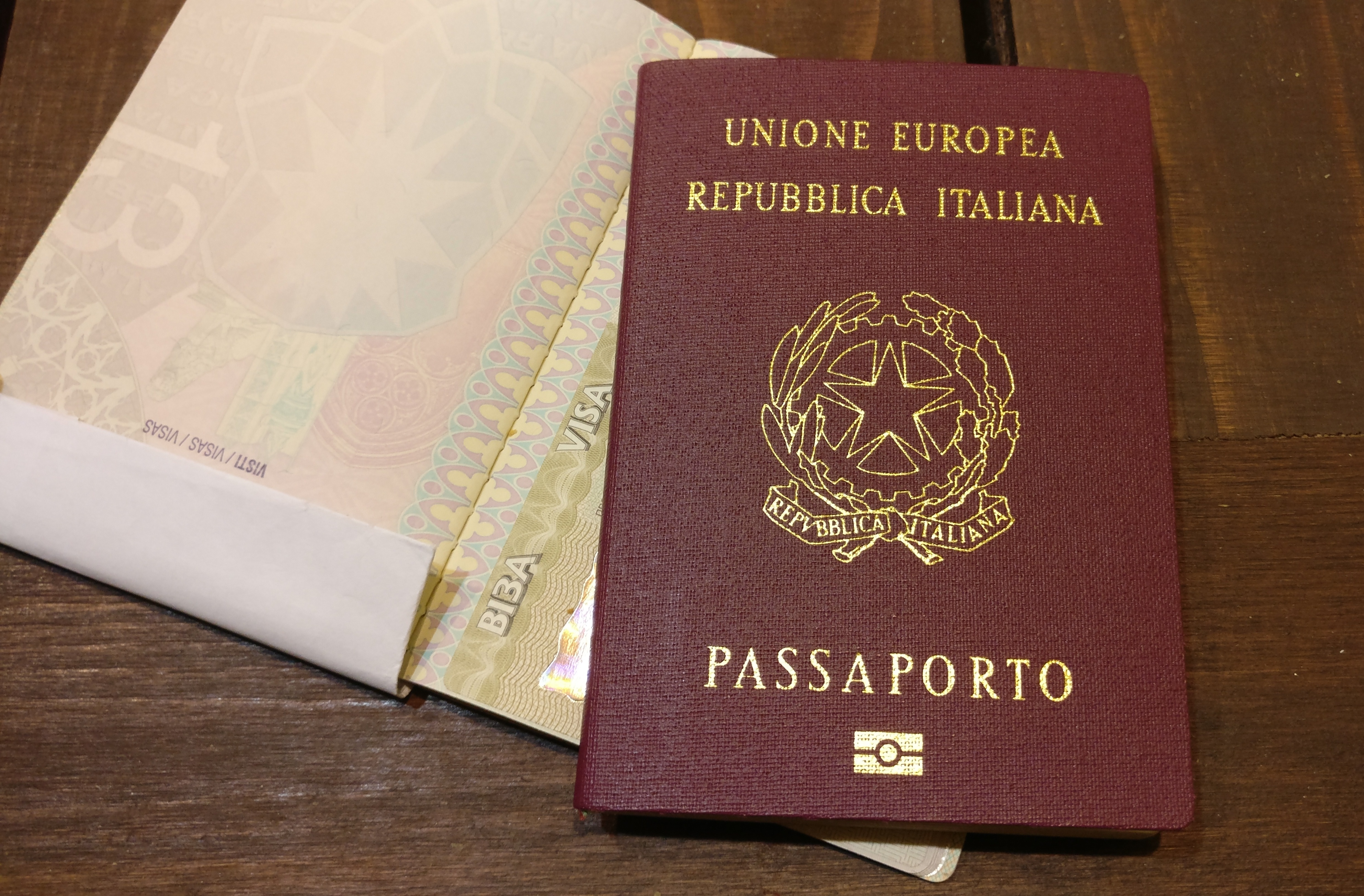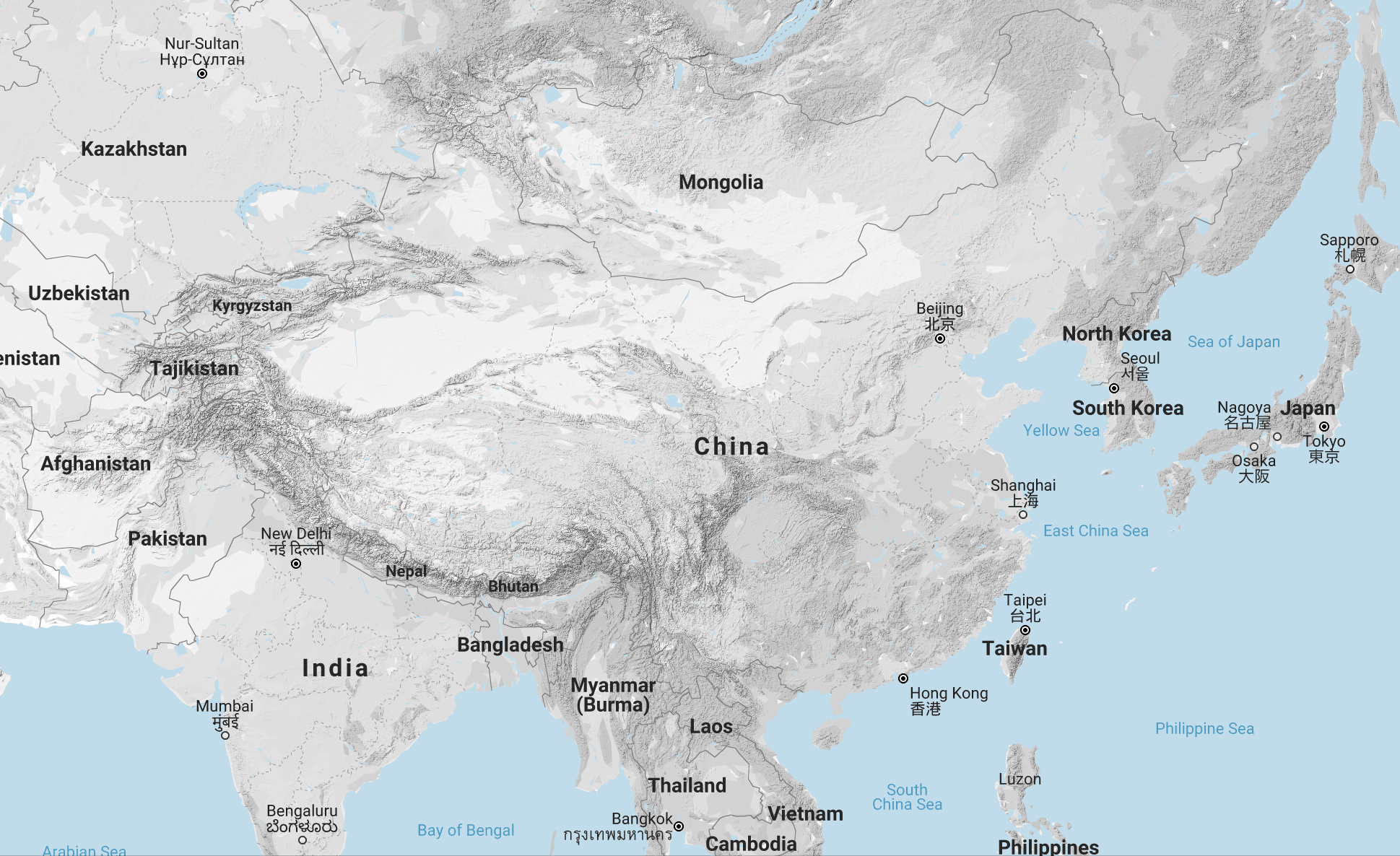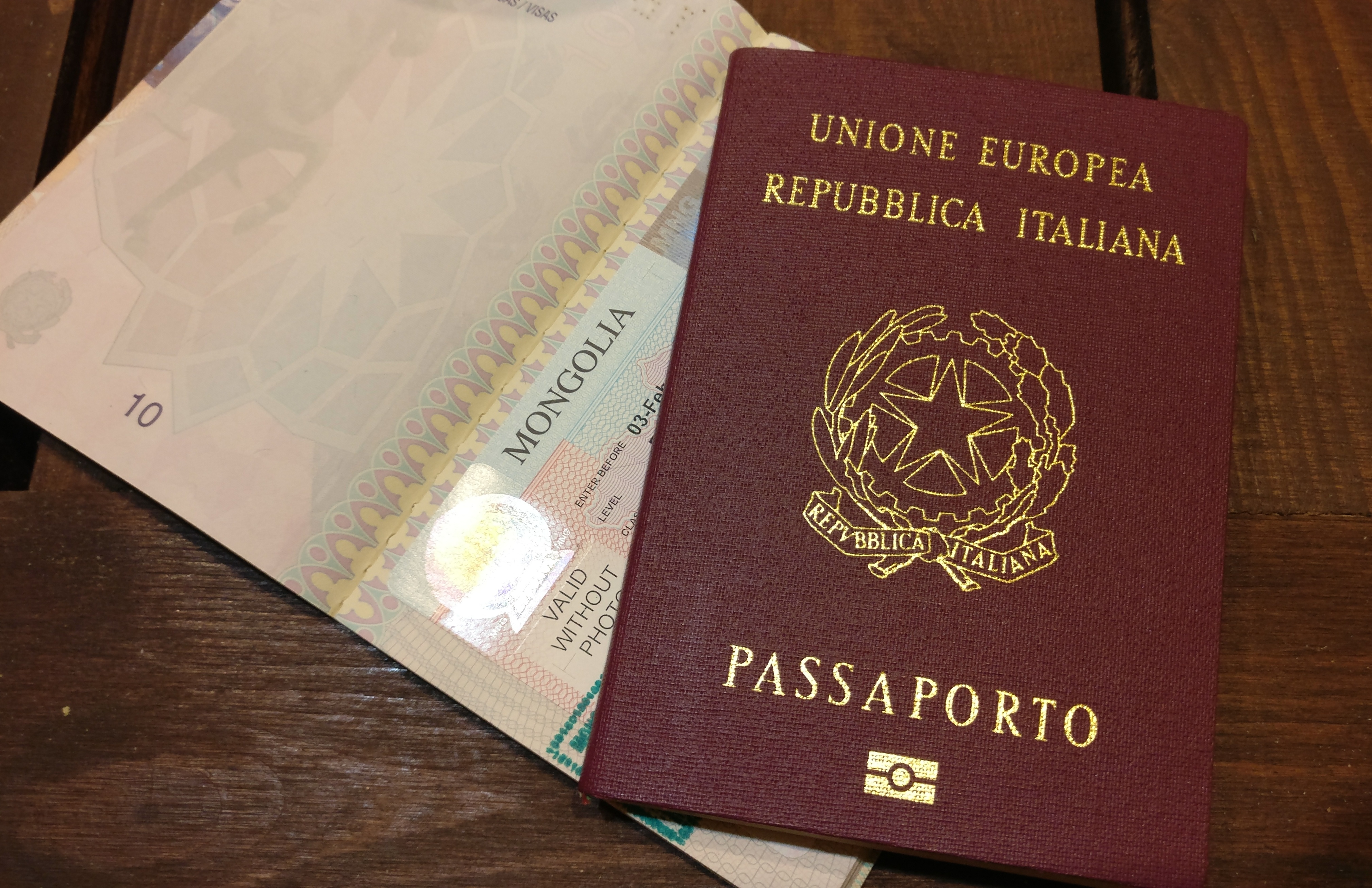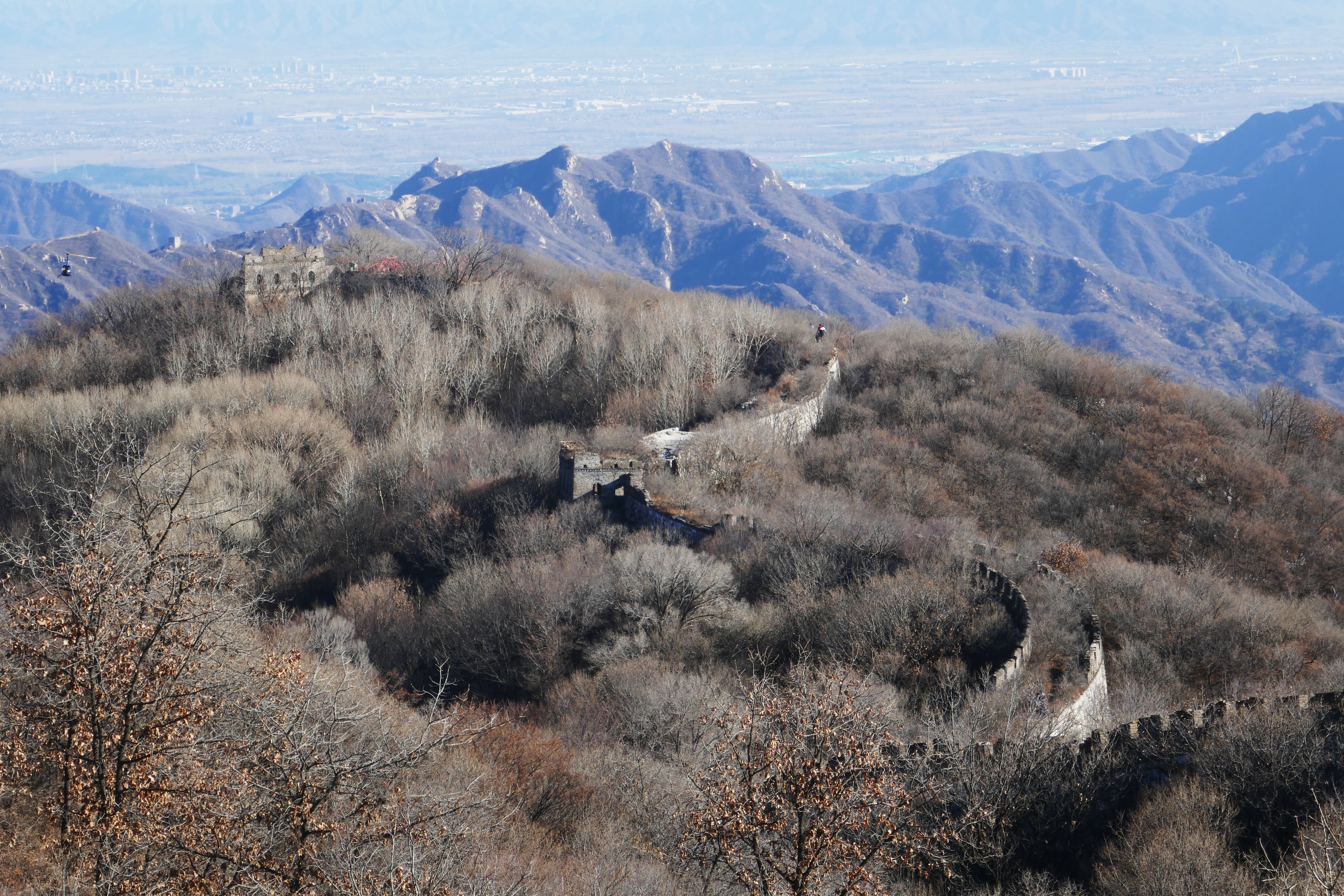Articles about China
General information:
Capital: Beijing
Language: Standard Chinese (official). Mongolian, Uyghur, Tibetan and various others (recognized regional languages)
Religion: 73.56% Non religious/Chinese folk religions (Confucianism, Taoism etc.), 15.87% Buddhism, 2.51% Christianity, 0.45% Islam, 7.62% others
Population: 1.4 billion (2018)
English-friendly: Almost no one speaks English. If you don’t speak Chinese, you will need a translator to communicate with locals (we used google translate with a VPN and a chinese sim card).
Wi-fi reliability: Wi-fi is widely available and reliable but most of Western medias and social networks are blocked by censorship. We then suggest you to download a VPN beforehand in order to avoid this hassle. Express VPN is a realiable VPN in China
Currency: Chinese Yuan
Average cost per day: Around 30$ (2019) per day on a low budget. Just very few places accept foreign card in China. Most of the time you will have to withdraw cash paying a commission (we spent 67$ in two for a month as commissions)
Visa: Most nationalities need a visa to enter China. It is apparently much easier to get the visa in your home country than abroad. However, until November 2019, getting a Chinese visa in Ulaanbaatar was still possible (click here). For whoever intends to travel along the Silk Road we discourage you from trying to get the Chinese visa in Central Asia because it is almost impossible to obtain it. We received positive feedbacks about the Chinese embassy in Teheran but we cannot guarantee that they will grant you the visa. Remember not to mention the region of Xinjiang on your visa application or it will probably be refused. We declared another itinerary and we cancelled all the bookings before entering the country. Nobody at the Irkeshtam border (click here) asked any information regarding our itinerary
Safety: Travelling in China is safe. However, if you are planning to Xinjiang you should be aware of what it will expect you (click here)
When to go:
China is a big country and the best time to visit it depends on where you want to go. The South of China presents a subtropical climate while the North (Xinjiang for example) is drier.
Spring (April-May) / Autumn (October – November) : Spring and Autumn seem to be the best seasons to visit China. Days won’t be too cold or too hot and you will be able to reach all the major tourist destinations. We travelled along the northen Silk Road in October 2019 and the temperature was acceptably warm. However, when we travelled to Xiahe, it was freezing cold! Just be prepared for it… Average temperature: 8 °C – 25 °C
Summer (June – September): Summer can be hot, humid (particularly in the South of China) and overcrowded. However, it is the best season to visit Tibet, Hainan, and some places in northern China! Average temperature: 20°C – 35°C
Winter (December – March): Chinese winter can be very cold so it is the least favourite season to travel to China. Surprisingly enough though, Tibet has recently become a popular destination in winter, since the average temperature is generally higher than in Beijing and you will be able to travel the region without the mass of tourists that normally gather in the area. Average temperature: -6 °C – 5°C
*Average temperatures for Beijing








